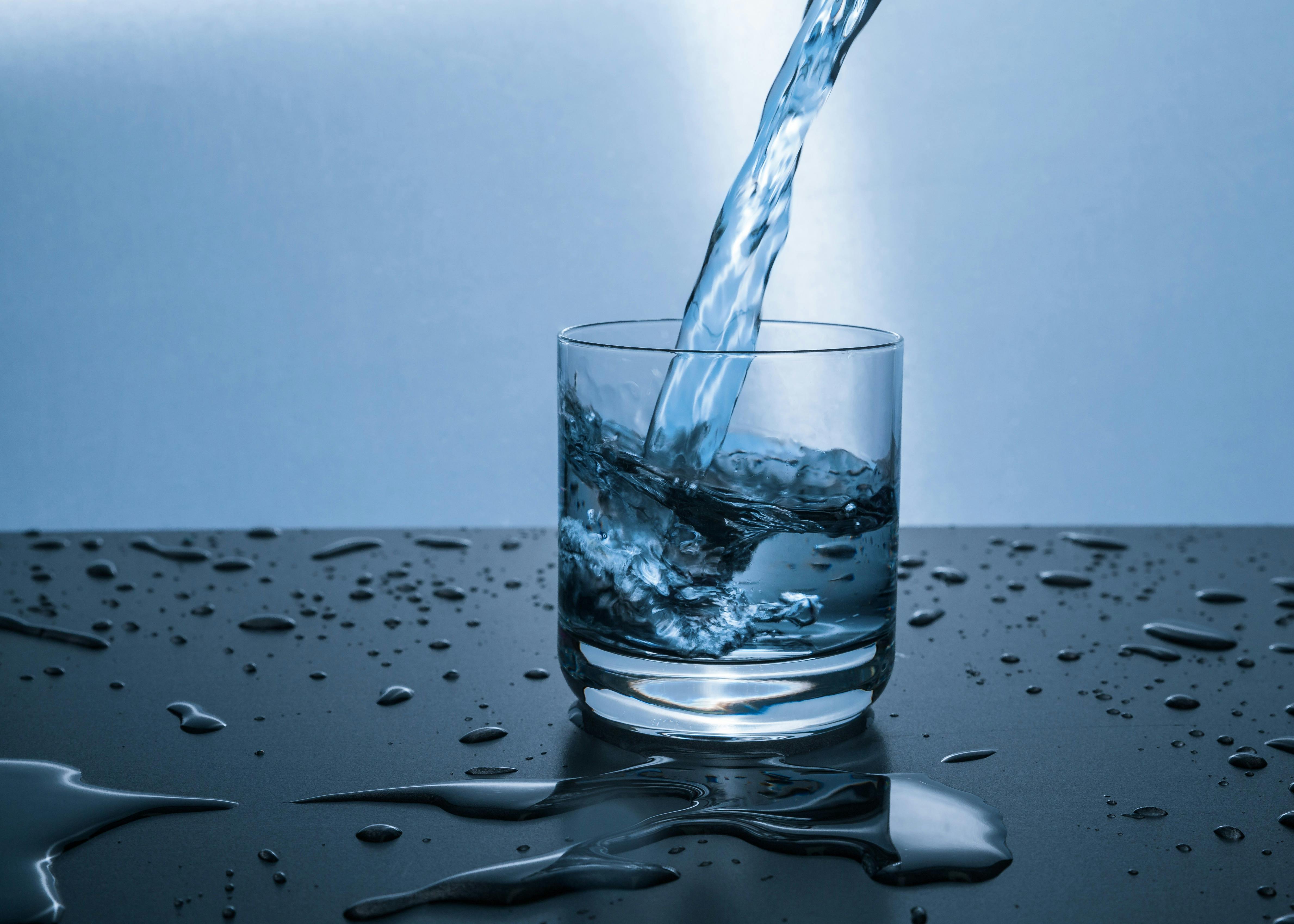Scientists are turning ordinary phones into water quality laboratories, and it might change everything about how we check if our water is safe.
What if checking your tap water was as easy as taking a selfie? That’s not science fiction anymore – it’s happening right now in labs around the world.
Researchers have figured out how to use artificial intelligence and smartphone technology to test water quality almost instantly. Instead of waiting days for lab results or buying expensive testing kits, you might soon be able to point your phone at a glass of water and know exactly what’s in it.
How Does This Actually Work?
Think about how your phone’s camera can already do amazing things. It can recognize your face, translate signs in different languages, and even identify plants in your backyard. Now scientists are teaching phones to “see” things in water that are invisible to our eyes.
Dr. Wei Min and his team at Columbia University have been working on something called spectroscopic analysis. That’s a fancy way of saying they use special light to figure out what chemicals are hiding in water.
Here’s how it works: Different chemicals absorb light in different ways, kind of like how different people have different fingerprints. The phone’s camera and special AI software can look at how light bounces off water and figure out what’s dissolved in it.
What Can These Smart Water Tests Find?
The new AI systems are getting really good at spotting all kinds of problems in water:
The nasty stuff nobody wants:
- Heavy metals like lead and mercury
- Bacteria that can make you sick
- Those “forever chemicals” called PFAS
- Chlorine and other treatment chemicals
The things that affect taste:
- Minerals that make water taste funny
- Chemicals from old pipes
- Stuff that makes water smell weird
Some systems can even tell you if your water has too much or too little of the minerals your body needs.
Why This Matters for Regular Families
Right now, if you want to know what’s really in your tap water, you have a few not-so-great options:
Option 1: Buy a home testing kit for $50-200 and wait a week for results Option 2: Send water to a lab and pay even more money Option 3: Just trust that everything is fine and hope for the best
None of these are perfect. The kits are expensive and slow. Lab tests cost a fortune. And hoping for the best… well, that’s not really a plan.
But imagine if you could test your water right now, for free, using the phone that’s already in your pocket. You could check it after a storm, when the water tastes funny, or just because you’re curious.
The Science Behind the Magic
Researchers from places like Johns Hopkins, MIT, and universities around the world are all working on different versions of this technology.
Some use the phone’s regular camera with special apps. Others attach tiny sensors that plug into your charging port. A few are working on systems that use the phone’s flashlight and camera together to analyze water samples.
The artificial intelligence part is crucial. The phone isn’t just taking pictures – it’s using machine learning to compare what it sees with thousands of other water samples. It’s like having a water expert’s brain downloaded into your phone.
What People Are Saying About This
Dr. Maria Santos, who studies water quality at the University of Texas, told reporters that this technology “could revolutionize how we think about water safety, especially in communities that don’t have easy access to testing labs.”
But she also pointed out something important: “These systems are getting really accurate, but they’re not going to replace professional lab testing for everything. They’re more like a really smart first step.”
Think of it like using a thermometer when someone has a fever. It won’t tell you exactly what’s wrong, but it’ll tell you if something needs attention.
The Real-World Test
Some of these systems are already being tested in real communities. In parts of India and Africa, where clean water testing is expensive and hard to get, researchers are using smartphone-based systems to help people check their water sources.
The results have been pretty impressive. In one test, the phone-based system correctly identified contaminated water samples 95% of the time. That’s about as good as some professional lab equipment.
What This Means for Your Family
Within the next few years, you might be able to:
Check your water instantly when something seems off about the taste or smell Test water when you travel to make sure it’s safe to drink Monitor your home’s water quality regularly without spending a fortune Get alerts if something changes in your water that you should know about
The best part? Once the technology is built into phones, the actual testing could be basically free.
The Catch (Because There’s Always a Catch)
This technology is really cool, but it’s not perfect yet. Here are some things scientists are still working on:
Accuracy: While 95% sounds great, that still means it gets things wrong 1 time out of 20 Complexity: Some water problems are really complicated and might still need professional testing Calibration: Phones in different conditions (bright sunlight vs. dark rooms) might give different results
Plus, just like any new technology, there will probably be some growing pains as companies figure out how to make it work for everyone.
What’s Coming Next
Several companies are racing to be first to market with consumer-ready versions of this technology. Some are working on apps you can download. Others are creating small attachments that work with your existing phone.
The researchers expect that basic water quality testing through smartphones could be available to regular people within the next 2-3 years. More advanced testing for specific chemicals might take a bit longer.
The Bottom Line
We’re living in pretty amazing times when it comes to technology. The same device you use to watch videos and text your friends might soon be able to tell you if your water is safe to drink.
It’s not going to solve every water problem overnight, and it won’t replace professional water testing for everything. But it could give millions of families a simple way to keep an eye on their water quality without breaking the bank.
Your great-great-grandmother had to guess if water was safe by looking at it and smelling it. Your great-grandmother could boil it to kill germs. Your grandmother might have used basic water filters.
Now you might be able to get a detailed chemical analysis of your water just by pointing your phone at it. That’s pretty incredible when you think about it.
This technology is being developed by research teams at Columbia University, Johns Hopkins, MIT, and universities worldwide. The systems use artificial intelligence and spectroscopic analysis to identify contaminants in water samples through smartphone cameras and sensors. While still in development, early tests show accuracy rates comparable to some professional laboratory equipment. boiling and basic filtration can reduce some PFAS levels, though effectiveness varies by PFAS type and water chemistry.
Check your water now!
We have translated and compiled water reports on every state in the US, and covered over 100 cities. Find out how good your water is today!

Please read – our information
The information presented on cleanairandwater.net is compiled from official water quality reports, trusted news sources, government websites, and public health resources. While we strive for accuracy and thoroughness in our presentations, we are not scientists, engineers, or qualified water quality professionals.
Our mission is to present water quality information in an accessible, real-world format that helps people understand what’s in their water and make informed decisions about their health and safety. We believe that complex environmental information should be available to everyone in a format that’s easy to understand.
We make every effort to ensure our content is current and accurate, but we cannot guarantee that all information is complete or error-free. This website should not replace official communications from your local water utility or health department. We always recommend consulting official sources for the most up-to-date information regarding your specific water system.
Clean Air and Water is not liable for any unintentional errors, omissions, or outdated information. The content on this site is provided for informational purposes only and should not be considered professional advice.

